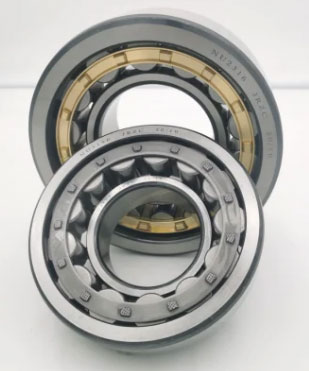Home / News / Spindle Bearing Preload Gauge: A Guide to Precision Measurement and Optimal Performance
Spindle Bearing Preload Gauge: A Guide to Precision Measurement and Optimal Performance
Introduction
Spindle bearings are a critical component in high-precision machining applications, such as CNC machines, milling machines, and lathes. To ensure optimal performance, accuracy, and longevity, it is essential to establish and maintain the correct spindle bearing preload. A spindle bearing preload gauge is an invaluable tool that allows for accurate measurement and adjustment of the preload. This article will discuss the spindle bearing preload gauge, its significance, types of gauges, and their applications in various industries.
The Importance of Spindle Bearing Preload Gauges
Spindle bearing preload refers to the axial force applied to the bearing to reduce internal clearance and establish a controlled level of contact between bearing elements. Accurate preload measurement is crucial for several reasons:
Improved Precision: The correct preload setting helps ensure the stability and rigidity of the spindle assembly, which is essential for maintaining machining accuracy.
Reduced Vibrations: Proper preload measurement and adjustment can minimize vibrations that can negatively impact the quality of the machined parts and lead to premature tool wear.
Extended Bearing Life: Precise preload measurement can help prolong the life of the spindle bearing assembly by evenly distributing forces and reducing the impact of thermal expansion.

Types of Spindle Bearing Preload Gauges
There are several types of spindle bearing preload gauges, each with its advantages and applications. Some common types include:
Dial Indicator Gauges
Dial indicator gauges are mechanical devices that measure small linear displacements using a needle that moves along a graduated dial. They can be used to measure the preload in spindle bearings by measuring the displacement of the spindle under a known force. Dial indicator gauges are popular due to their simplicity, affordability, and versatility.
Force Gauges
Force gauges are instruments designed to measure force applied to a spindle bearing directly. They can be digital or analog and are often used in conjunction with a hydraulic or mechanical press. Force gauges provide accurate measurements and can be easily calibrated, making them suitable for various applications.
Torque Wrenches
Torque wrenches are used to measure and apply a specific amount of torque to a spindle nut or bolt. When used in conjunction with a calculated torque-to-preload relationship, torque wrenches can provide an indirect method of measuring and adjusting spindle bearing preload. Torque wrenches are widely used due to their ease of use, precision, and versatility.
Applications of Spindle Bearing Preload Gauges
Spindle bearing preload gauges play a vital role in several industries and applications, including:
CNC Machining: In CNC machines, accurate spindle bearing preload is essential for maintaining precision and reducing tool wear during high-speed operations.
Milling Machines: Spindle bearing preload gauges are used to measure and adjust preload in milling machines, ensuring smooth and precise cutting with minimal vibrations.
High-Speed Lathes: Proper preload measurement and adjustment are crucial for maintaining consistent cutting forces and reducing tool wear in high-speed lathes.
Aerospace and Automotive Industries: Spindle bearing preload gauges are used to maintain strict tolerances in the manufacturing of high-precision components, such as turbine blades and engine parts.
Conclusion
Spindle bearing preload gauges are essential tools for maintaining optimal performance, accuracy, and longevity in high-precision machining applications. By selecting the appropriate gauge type and using it correctly, manufacturers can ensure the correct preload settings, reduce vibrations, and enhance the overall efficiency of their equipment.
- Previous: Spindle Bearing Preload Setting: A Comprehensive Guide to Optimal Performance
- Next: Angular Contact Spindle Bearings: Design, Advantages, and Applications













